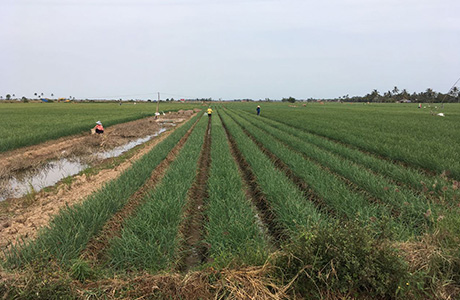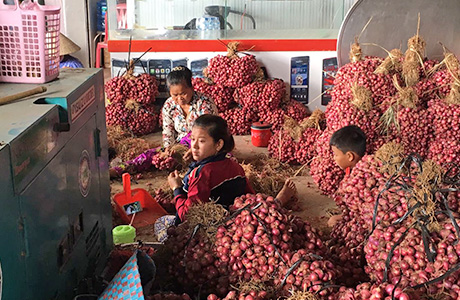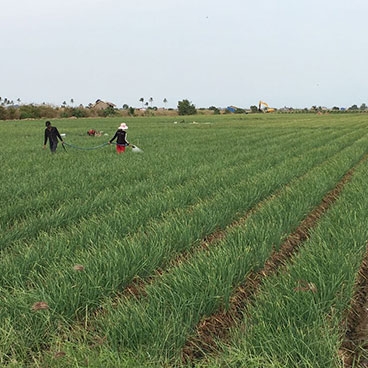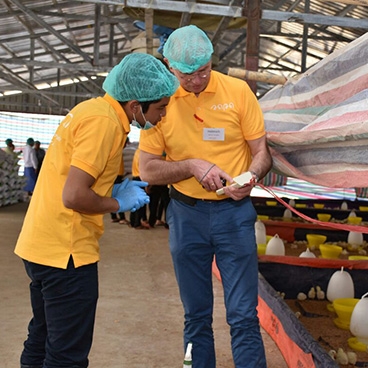In Vietnam, the province of Soc Trang is famous for its purple onion. Since a few years, however, it is no longer the onion itself but the onion farmers which are grabbing headlines across the country. The onion sector is in trouble.
Background
Life is difficult for Soc Trang onion farmers at the best of times. Most onion farmers are among the poorest people in the country. Over the last years, their struggle is becoming even more desperate. Increasingly unpredictable rainfall has lowered yields and changing market conditions have created demand uncertainty. Each year thousands of tons of onion remain unsold. Soc Trang province is aware of the difficulties facing the sector and wants to provide support. It is motivated by the importance of purple onion for the province, in particular for the impoverished Khmer ethnic minority. Therefore, they want to implement a support program based on a thorough understanding of the current situation.

Approach
Fresh Studio was requested to support Soc Trang province in this process. In the first phase of the project, Fresh Studio will conduct a value chain analysis to critically assess the issues faced by different stakeholders and identify opportunities for improvement. A team of consultants from R&D, Sourcing, Quality Assurance, Business Development and Marketing will interview hundreds of stakeholders in Soc Trang and Ho Chi Minh City. Based on the findings of the value chain analysis, a detailed action plan will be made to develop the purple onion sector. The plan will be presented back to stakeholders from the sector, including input suppliers, farmers, traders, and buyers during a workshop. Based on their feedback, a final proposal will be developed and presented to Soc Trang province.

Expected outcome
There are few magic bullets in the world and it is unrealistic to expect that there exists a quick and easy solution to solve the problems the sector is currently facing. Instead, whatever solution will be identified will require hard work and sustained commitment from all stakeholders. Therefore, a decidedly interactive approach was chosen for this project. Throughout both the analysis and the proposal development phase the public and private sector are actively involved. Expert opinions will be used to trigger discussion and encourage out-of-the-box thinking, but at the end of the day, the only solution that works is a solution supported by all. Once such a solution has been identified, Soc Trang and Fresh Studio look forward to working together on its implementation.












